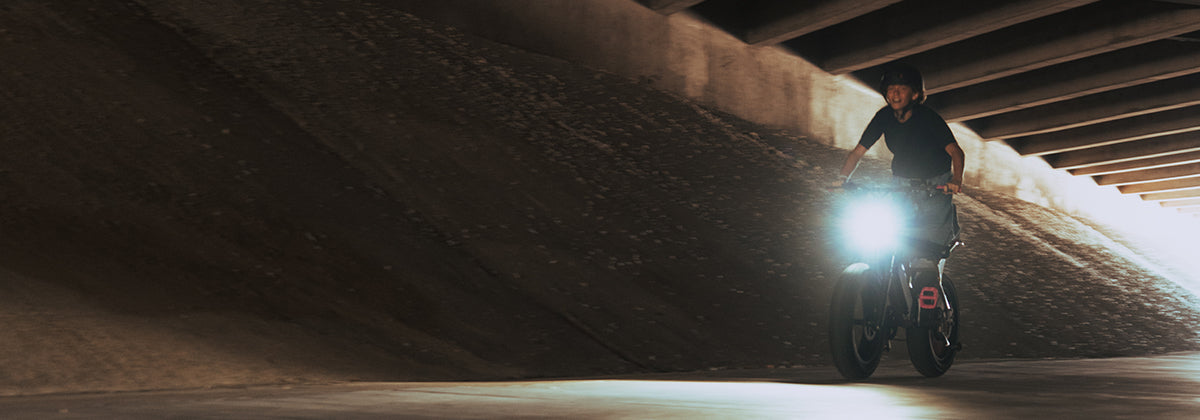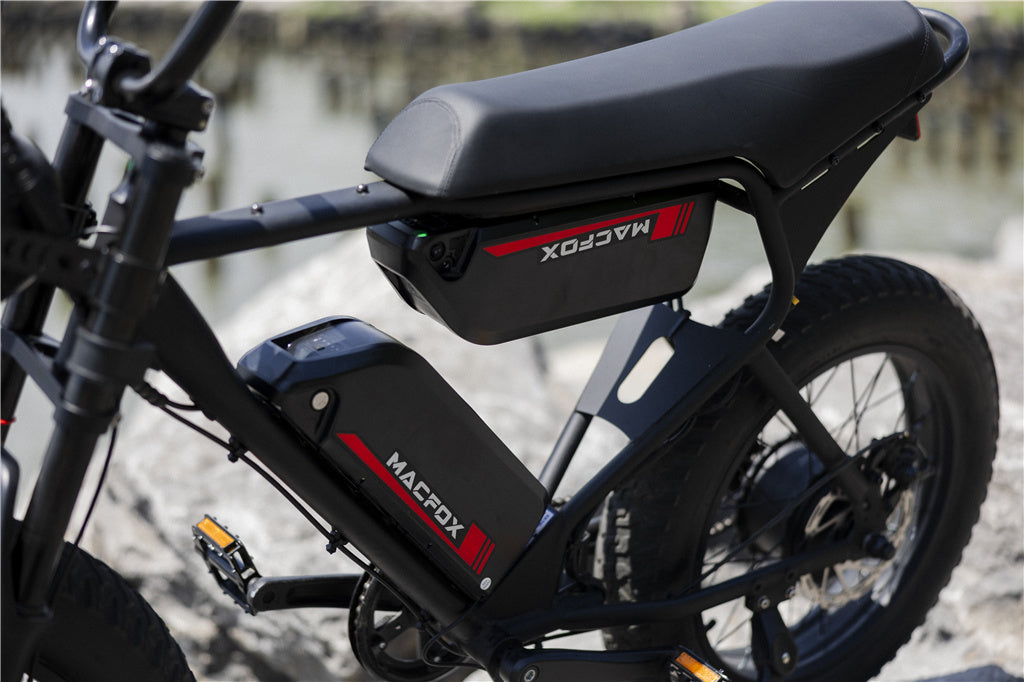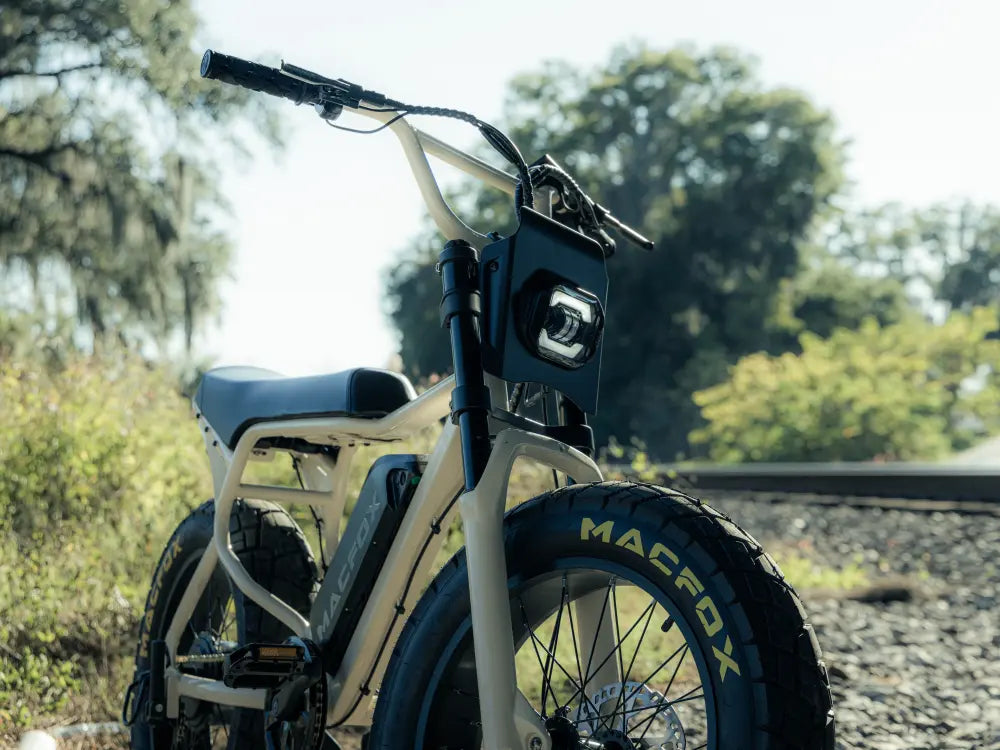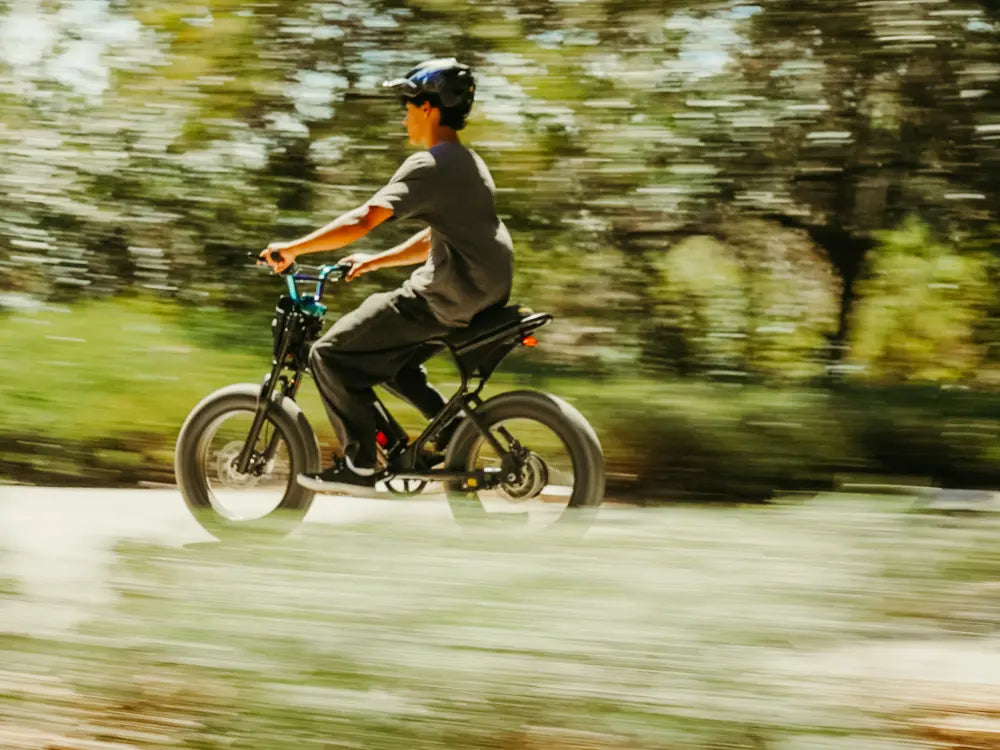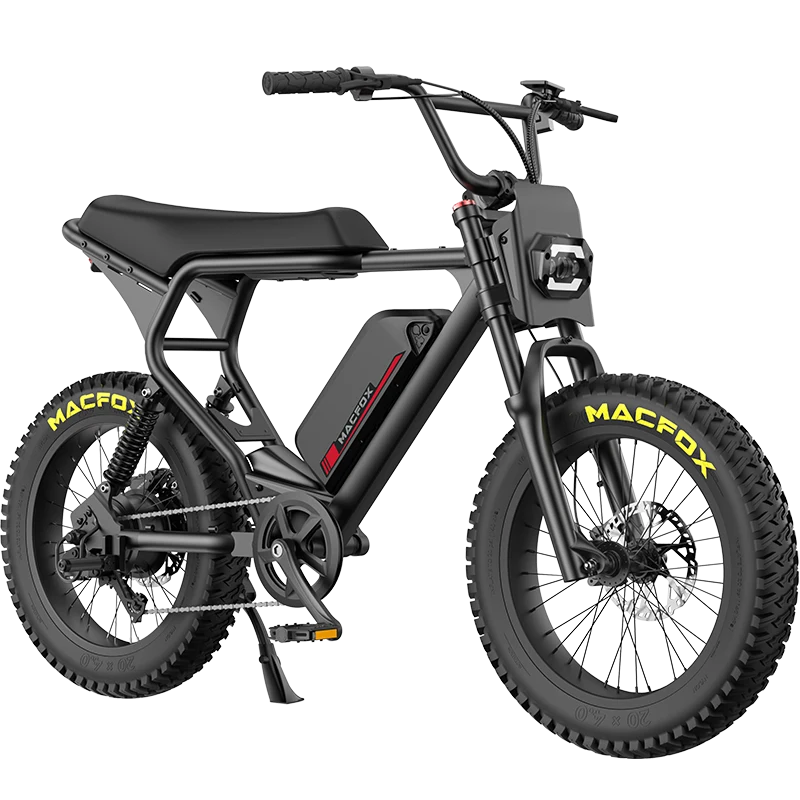An electric bike works by combining your pedaling with power from a motor, battery, and controller—giving you faster acceleration, easier climbs, and smoother rides without feeling like a motorcycle. Inside every e-bike, the battery supplies electricity, the motor converts that energy into motion, and the controller manages how much assistance you receive. Sensors read your pedaling speed or pedal pressure and tell the motor when (and how much) to help.
If you’re searching “how does an electric bike work” because you want to understand the real mechanics—not the history or marketing—this guide breaks down the system in a simple, rider-friendly way.
The Core System: Battery, Motor & Controller

| Component | What It Does | Why It Matters |
| Battery | Stores electrical energy | Determines how far you can ride |
| Motor | Converts electricity into wheel power | Makes pedaling easier & boosts speed |
| Controller | Manages energy flow & riding modes | Keeps the bike safe, smooth & predictable |
Battery: Your Energy Tank
-
You push the pedals
-
The controller releases energy
-
The motor boosts your movement
Higher voltage (e.g., 48V systems) means stronger acceleration and smoother power delivery—perfect for city riding and hills.
Motor: The “Assist Engine”
Most electric bikes use hub motors in the front or rear wheel. When activated, they spin the wheel directly.
The motor only works when the controller tells it to—so it’s not always “on.” This makes your ebike feel natural instead of jerky.
Controller: The Brain of the Bike
-
How much assistance you get
-
When the motor activates
-
How the throttle behaves
-
Whether the bike should cut power for safety
Without the controller, a motorized bike would feel unpredictable. With it, your electric bike becomes smooth, safe, and intuitive—like a bicycle upgraded with superpowers.
In simple terms: how an electric bike works
To summarize everything above in one short line: You pedal → sensors detect movement → the controller calculates → the motor adds power → the bike accelerates smoothly.
Here’s the complete energy flow in a simple table:
| Step | What Happens Inside the E-Bike |
| 1 | You pedal or press the throttle |
| 2 | Sensors detect pedal rotation or pressure |
| 3 | Controller reads the signal and selects the right power level |
| 4 | Controller pulls energy from the battery |
| 5 | Motor converts electrical energy into wheel power |
| 6 | The bike accelerates with smooth, controlled assistance |
Pedal Assist & Throttle: How Power Is Delivered
Every electric bike works through two main systems of power delivery:
Pedal Assist (PAS): Natural, Smooth Boost
When you start pedaling, sensors detect movement and activate the motor.
Two common sensor types:
| Sensor Type | How It Works | Riding Feel |
| Cadence sensor | Detects pedal rotation | Light, relaxed, more “bike-like” |
| Torque sensor | Measures pedal pressure | More responsive, athletic |
Pedal assist makes your legs feel stronger—you pedal, the bike helps.
Throttle: Instant Power
-
Push with your thumb
-
Motor engages instantly
-
No pedaling required
Many young riders prefer throttle for quick starts at intersections, campus shortcuts, or breezy cruise rides.
E-bikes with both systems allow you to switch between “active ride” and “easy ride” whenever you want.
The Hidden Systems: Wiring, Sensors & Safety Features

Electric bikes may look simple, but inside the frame is a coordinated system designed for reliability and rider safety.
Wiring Harness
Hidden cables carry signals between the motor, battery, controller, display, and brakes.
Display
Shows speed, battery level, assist mode, and sometimes diagnostics.
Brake Cut-Off Sensors
When you pull the brake lever, power to the motor stops immediately—preventing unwanted acceleration.
Connectors
Water-resistant plugs allow easy repairs or upgrades.
Thermal Protection
If the motor overheats on steep hills, the controller temporarily limits power to protect the system.
These components ensure your e-bike works consistently whether you’re biking across campus or climbing hills on your weekend route.
What a Ride Actually Feels Like
For young riders, understanding how an e-bike works is only half the story—the riding feel matters even more.
Here’s what actually happens when you hit the road:
At a stoplight
Throttle gives instant start.
Pedal assist takes over smoothly as you begin pedaling.
On a hill
The motor fills in the hard parts.
You feel stronger without sweating through every climb.
On straight roads
Pedal assist keeps you at steady speed with minimal effort.
You still feel connected to the bike, just… upgraded.
On winding paths
Sensors respond to your pace, adjusting assistance like a teammate who always knows when to help.
An electric bike is not replacing your pedaling—it’s amplifying it.
How Macfox Electric Bikes Use These Systems Better

Macfox builds electric bikes around how young riders actually use them: quick trips, urban exploring, short climbs, weekend cruising, and even occasional stunts. Instead of just adding power, Macfox focuses on how the system feels.
Macfox X1S — Smooth, Predictable Power

Macfox X1S – Everyday Trail Performer
$999.00 $1,299.00
Perfect for daily rides, this model combines sleek looks, comfortable geometry, and reliable 25 mph speed.
See The Bike*Prices are subject to the product detail page. Some earlier details may have been updated.
-
Smooth engagement
-
Easy throttle control
-
Clean wiring integration It feels natural in crowded streets, college campuses, or urban loops where stop-and-go riding is constant.
Macfox X7 — Stability + Power for Mixed Terrain
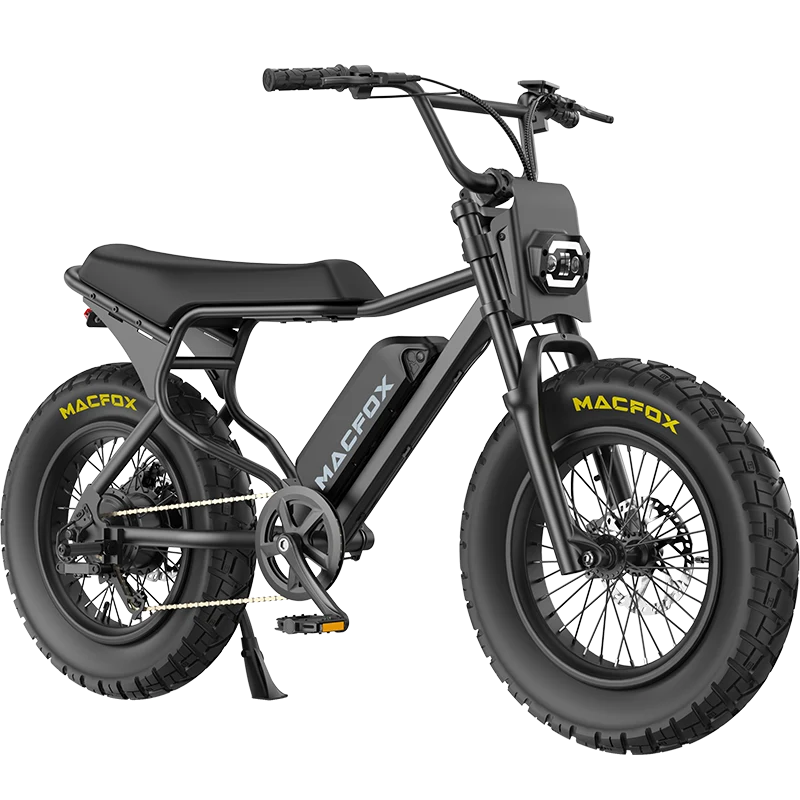
Macfox X7 Fat-Tire Ebike
$1,279.00 $1,599.00
A youth favorite for good reason — big tires, playful balance, and a 750 W motor that’s built for fun.
See The Bike*Prices are subject to the product detail page. Some earlier details may have been updated.
-
Its fat tires add grip and forgiving control
-
The power delivery works well with the bike’s stance and geometry
-
Stability stays high even during sharp starts or quick turns
Instead of overwhelming the rider, the electric system blends with the bike’s physical design so you always feel in control.
Both models use intuitive sensor tuning and predictable assist behavior to make sure you never feel jerked, surprised, or disconnected from your ride.
Final Thoughts: How an Electric Bike Works
An electric bike works by combining your pedaling with controlled motor support.
The battery stores energy, the controller manages power flow, and the motor boosts your pedaling in a smooth, predictable way. Sensors read your movements and deliver assistance that feels natural—not robotic or forced.
Whether you’re cruising on a Macfox X1S through the city or riding the Macfox X7 on mixed terrain, the core system works the same: you ride, the bike enhances your movement.
If you want deeper explanations—motor types, battery chemistry, waterproofing, torque sensors, or controller tuning—we can build follow-up technical guides and link them from this page anytime.


